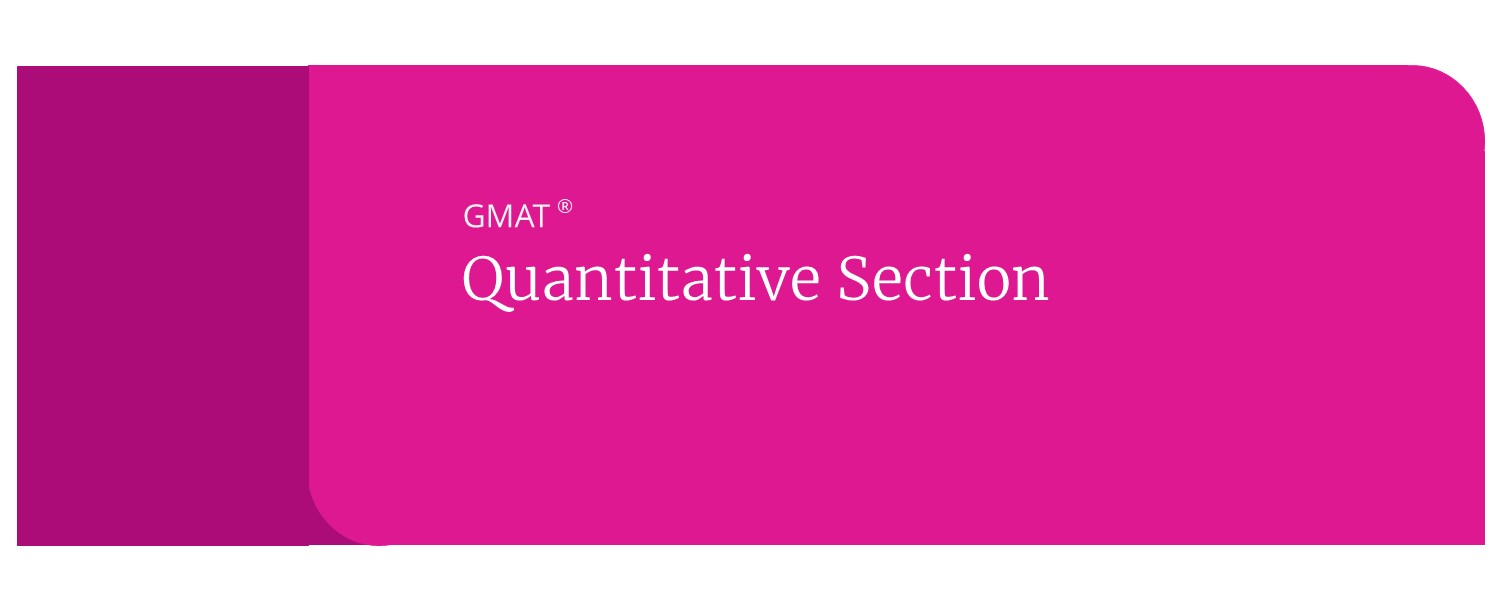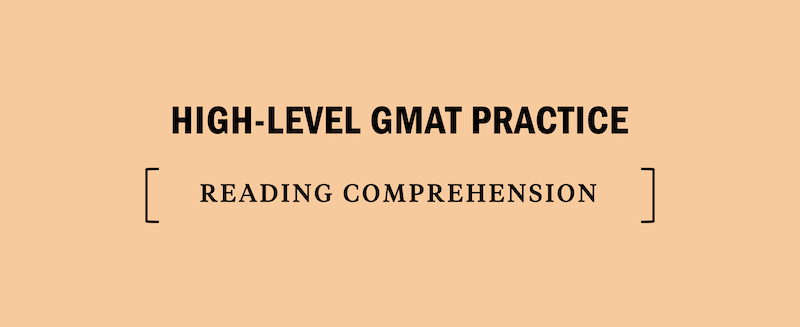Structuring Your Analysis of An Argument Essay on the GMAT
Your GMAT essays are unlikely to be the linchpin of your application. Although I don’t like to say “never,” I personally have not heard of a student getting in to B-School because of his or her GMAT essays. It certainly seems possible, though, that your essays could keep you out, if your entire application package is borderline and you write one or two truly awful essays. For that reason, it’s important that you keep the AWA in perspective: it shouldn’t take up much of your prep time, but it’s certainly to your advantage to spend some time familiarizing yourself with what makes for a good essay, and getting some feedback from a qualified source, whether that is a professional mentor, a professor, or a test-prep specialist.
Of the two essays you’ll be expected to write, the Analysis of an Argument is likely to be the more challenging, if only because the task is not a familiar one to most business school candidates. The easiest format to use in writing this essay is the classic 5-paragraph style, and a simple, effective format will look something like this:
Paragraph 1: Brief recap of argument and statement that the argument has merit but also contains multiple flaws. Also include a “roadmap” of the points that you will make, in the order that you will make them.
Paragraph 2: Explanation of first flaw– this paragraph should have a strong topic sentence and then several sentences explaining the flaw in detail.
Paragraph 3: The second flaw gets the same treatment here as the first one did in the previous paragraph.
Paragraph 4: The third flaw is explained here in the manner established in the previous two paragraphs.
Paragraph 5: Briefly recap the flaws you’ve presented and diplomatically explain how those flaws could be remedied to present a stronger argument.
A good rule of thumb is that your reader should be able to get the gist of your entire argument just by skimming the first sentence of each paragraph. Remember, your reader is probably going to devote no more than three to five minutes to your essay. Take a few minutes at the beginning of your AWA to outline the five sentences that will begin your paragraphs; this strategy can make your reader’s job far easier, and a happy reader is probably more apt to make those tricky 4/5 line calls in your favor. Similarly, the e-reader is programmed to assess organization, and well-written topic sentences that use transition words and clearly state the point of each paragraph are a big help in creating the kind of organizational structure that earns you points on test day.
To start your essay on the right note, make sure that your first paragraph does what it needs to do (recap the argument, state your position, and map out your three points) without any attempts at rhetorical bells and whistles. At some point in high school or college, a composition instructor may have told you to use an “attention-getting” opening to really draw your audience in, but your GMAT AWA reader doesn’t need to be “drawn in;” she is getting paid to read your essay, and wants to do her job as efficiently as possible. She’s likely to regard literary flourishes as a waste of your energy and her time. Now, let’s look at a sample prompt and opening paragraph:
Prompt:
WPTK, the most popular television station in Metropolis, does not currently provide traffic updates to viewers. Since Metropolis is located in a Midwestern state with serious winter weather road delays 4 months out of the year, WPTK would significantly reduce the incidence of auto accidents on Metropolis-area roads by providing traffic updates.
Response Paragraph 1
The argument, which states that WPTK’s broadcast of traffic updates would reduce the incidence of auto accidents on Metropolis-area roads, has merit. However, the argument also exhibits several serious flaws which could limit its persuasiveness. The author weakens his claim by assuming that televised traffic updates would be timely enough to impact drivers’ actions, by failing to explicitly state how the updates would affect auto accidents, and by predicting a “significant” reduction in Metropolis auto accidents without specifying what kind of a reduction would be deemed “significant.”
As you can see, the opening paragraph responds to the prompt by taking a clear position, referring back to the issue briefly, and outlining the points that the essay will be addressing. Let your concise, informative opening paragraph set the tone for your essay, and look for an upcoming article on common flaws in Analysis of an Argument prompts!




